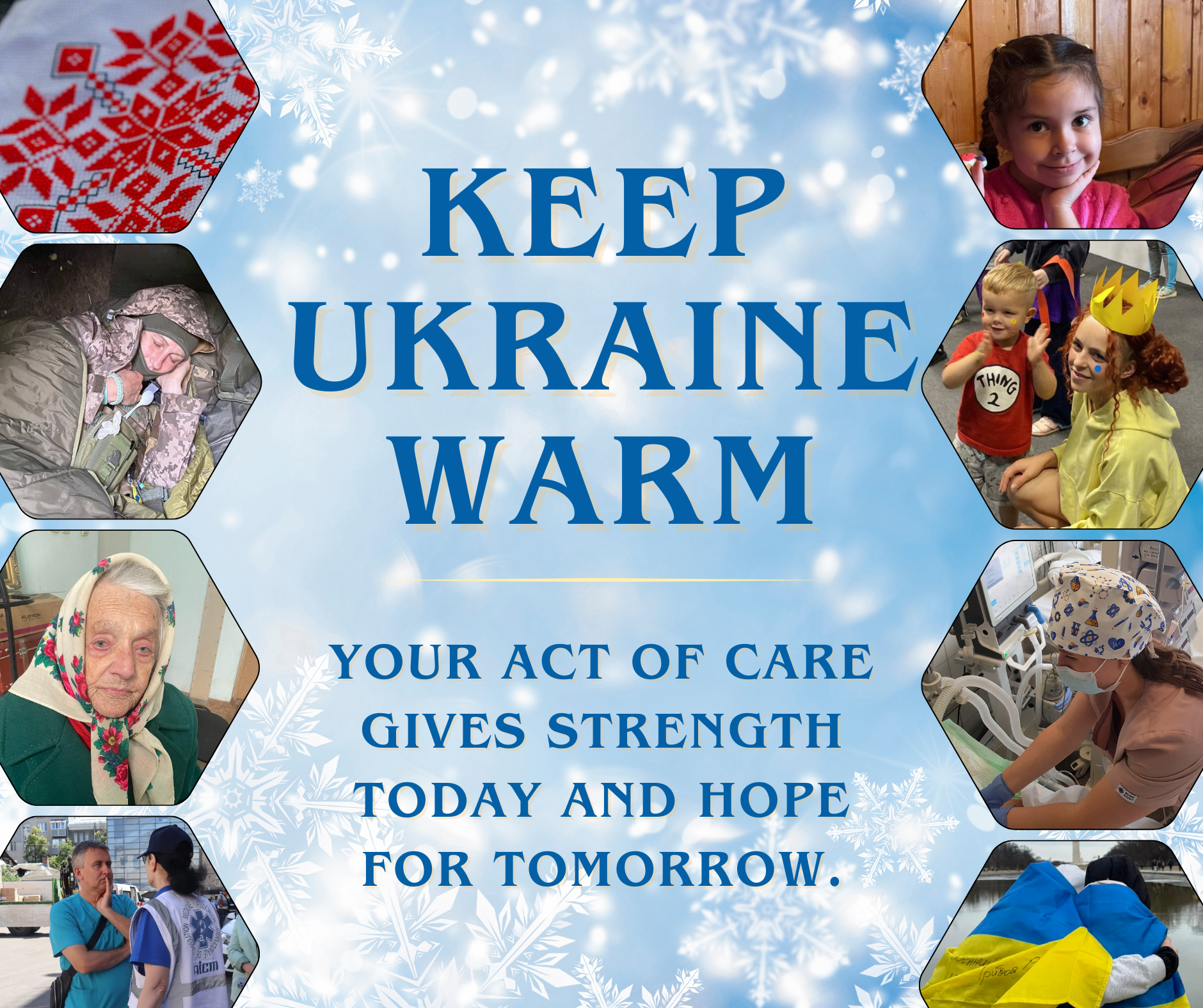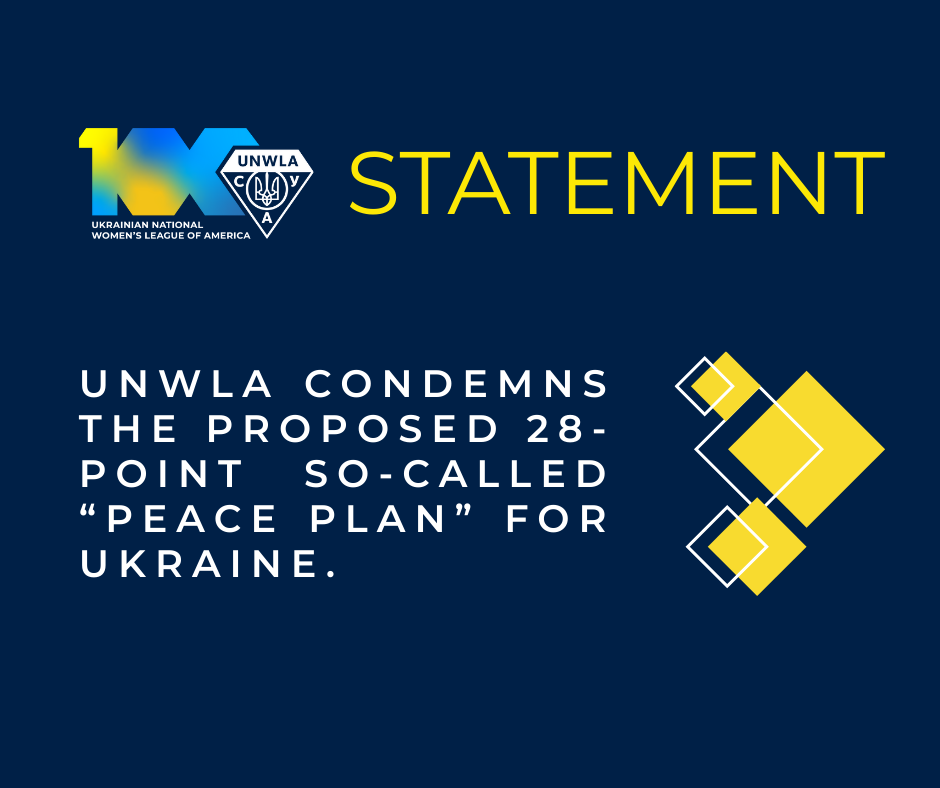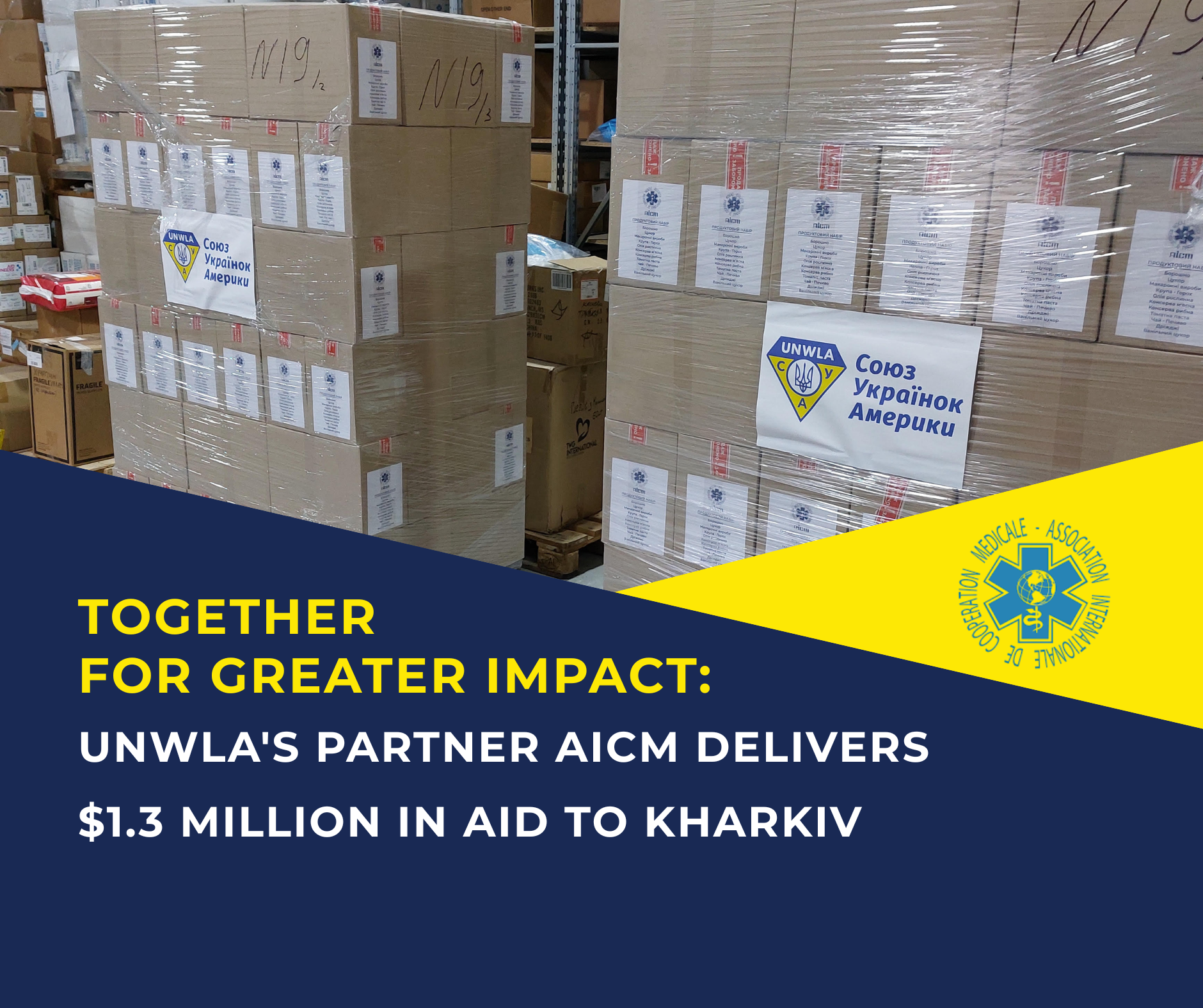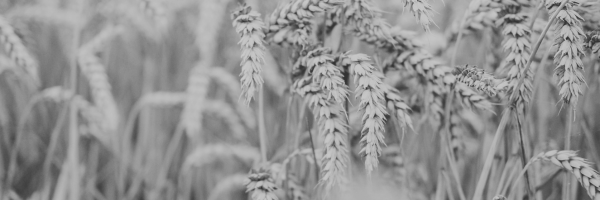
From UNWLA Archives
For almost a year the USSR has been very effective in hiding the truth about the unfolding Holodomor in Ukraine from the International community. However, by the second part of 1933 the scale of the tragedy became known even in the USA.

The committee extended an invitation to the individuals outside of the Ukrainian community to join the effort. However, at the time, the international community wasn’t largely aware of the events unfolding in Ukraine.
Thus, only two prominent American citizens joined the humanitarian effort – Florence G. Caccisit, a correspondent for the YMCA, and writer Carvet Wells. Most of the invitations were either declined or left unanswered.
Less than ten days after forming, on November 21st 1933, the Emergency Relief Committee launched an advocacy campaign. They wrote and disseminated letters with a short history of the events and pleas for help to the press, International Humanitarian Organizations, the US Congress, and US President Franklin D. Roosevelt and his wife, Eleanor.
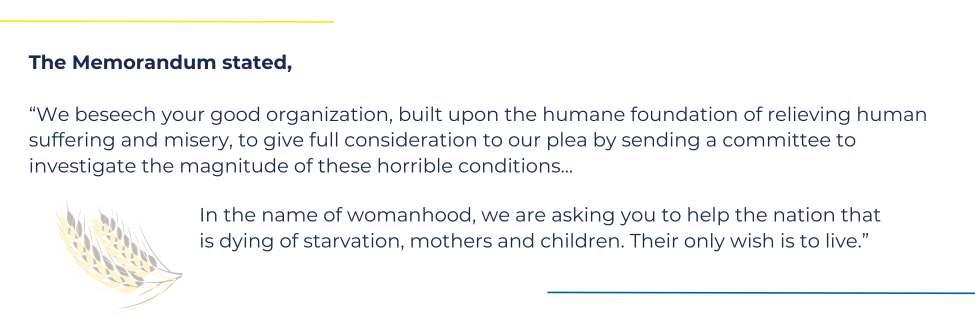
Answers began arriving shortly. International Humanitarian Organizations were prohibited by the USSR government from entering and providing any assistance to the communities on the territory.
In December of 1933 a letter arrived from Congressman John Delany. The congressman, as well as others, promised to look into the situation. Their investigation into the question resulted in Resolution 399, introduced to the floor in May, 1943. It clearly defined the situation as “Famine as means of decreasing the population of Ukraine, to destroy Ukrainians politically, culturally and to destroy their national rights.”
It is quite possible that this was the first resolution in which Moscow’s politics were addressed in the US Congress.
The answer from the White House, on behalf of President Roosevelt’s administration, came from the U.S. Department of State, Eastern European Division, Robert F Kelly, Chief. The letter, dated December 15, 1933, stated that at this time, the Administration could not do anything in regard to the Famine.
The same response arrived from the First Lady of the US.
For the following decades, UNWLA advocated for officially recognizing Holodomor as a genocide of the Ukrainian people by organizing commemorative annual events and marches, and sending copies of the correspondence to elected officials, media, international humanitarian organizations, and Ukrainian women’s organizations worldwide.
Illustration: archived photos of UNWLA-led protests over the years to bring awareness and commemorate victims of Holodomor.
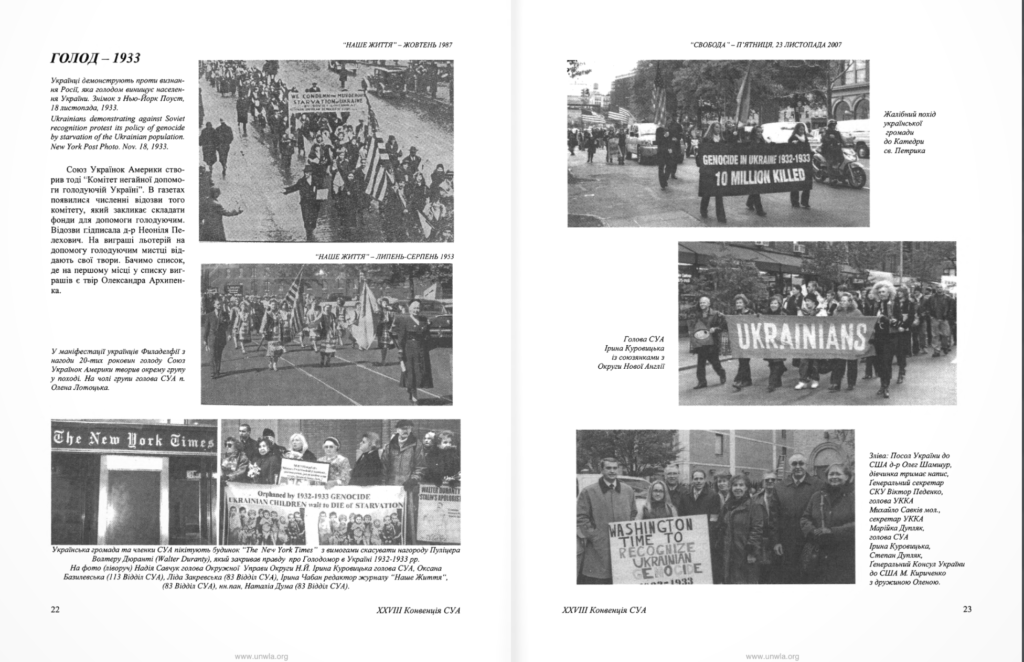
In its 1988 Investigation of the Ukrainian Famine of 1932-1933, the U.S. Congress Commission on the Ukrainian Famine concluded that “Joseph Stalin and those around him committed genocide against Ukrainians.”
At the height of the Famine, Ukrainian villagers were dying at a rate of 25,000 per day. One in three children perished as a direct result of collectivization and famine. According to one source, “No fewer than three million children born between 1932 and 1933 died of hunger.” Eighty percent of Ukrainian intellectuals were liquidated because they refused to collaborate in the extermination of their countrymen. By the end of 1933, approximately one-fourth of the population of Ukraine had perished from starvation.
Illustration: A map prepared by Prof. Lubomyr Luciuk in commemoration of the 90th Holodomor anniversary, 2023
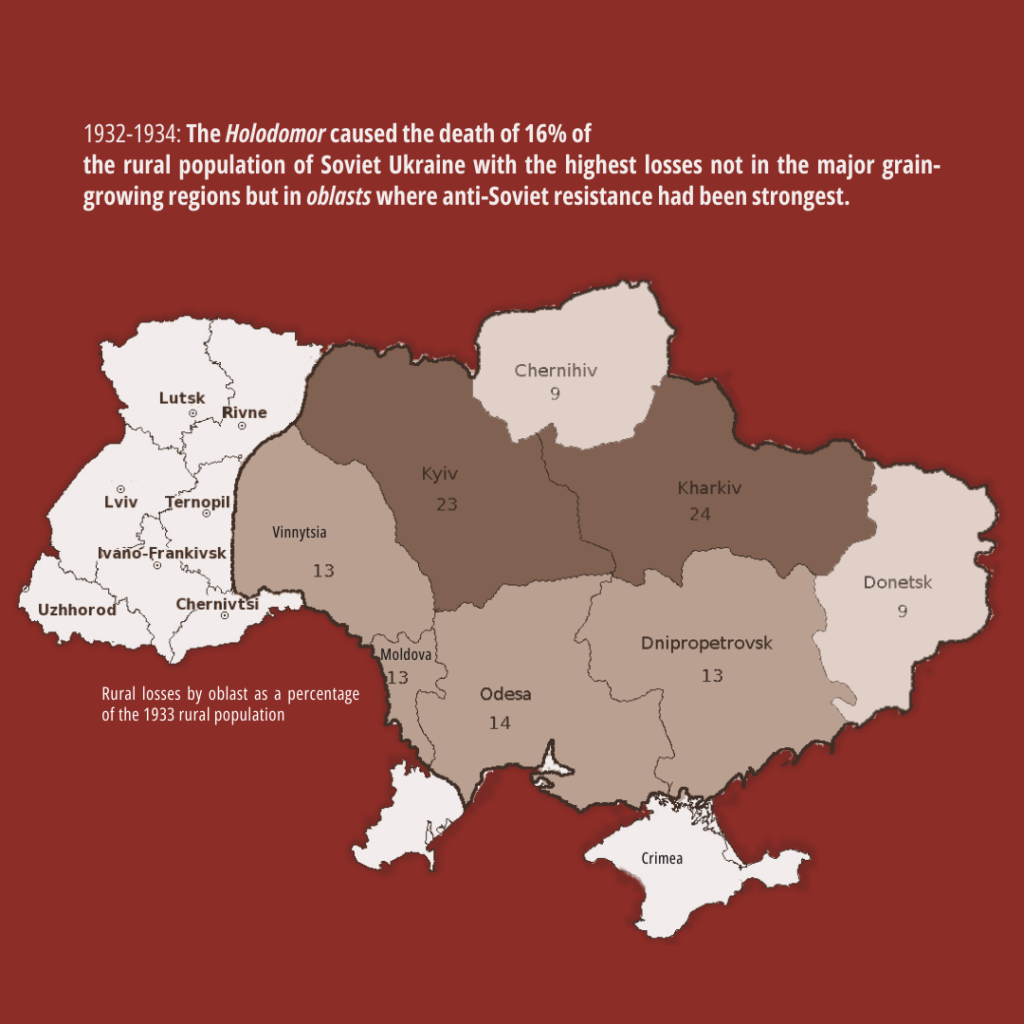
In 2007, UNWLA efforts were recognized by then-First Lady of Ukraine Kateryna Yushchenko. She sent a letter of appreciation to the UNWLA for issuing a book by Valentyna Borysenko, “The Candle of Memory. Verbal history of the genocide of Ukrainians in 1932-1933” in English translation.
The book was presented in 33 countries across the world.
Our work isn’t done. We will forever keep victims of Holodomor in our hearts and will keep working to ensure that the world recognizes Holodomor as a genocide of the Ukrainian people.



